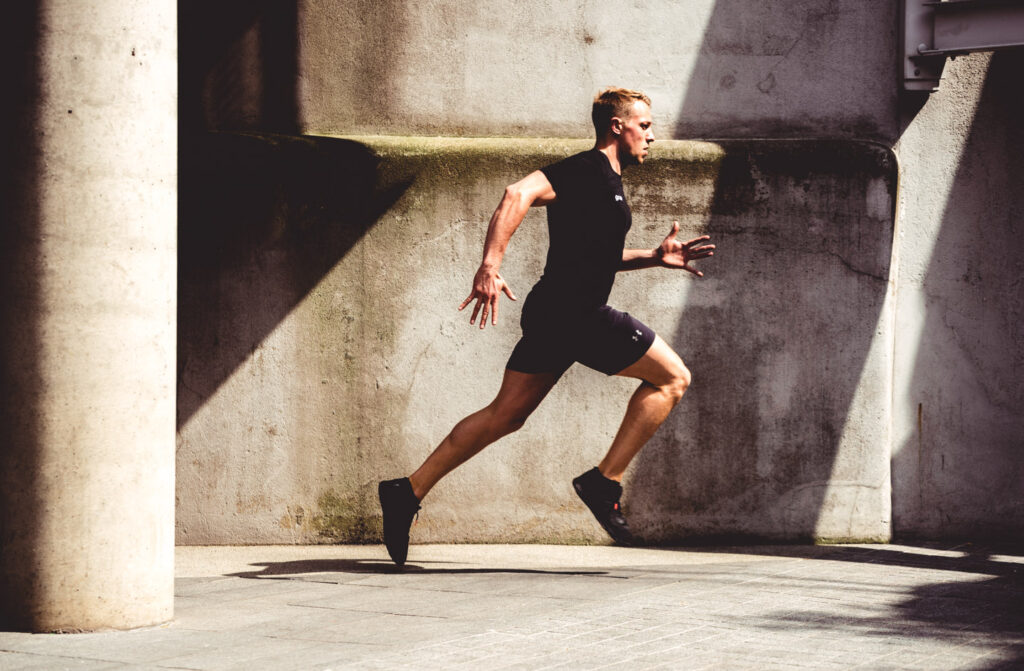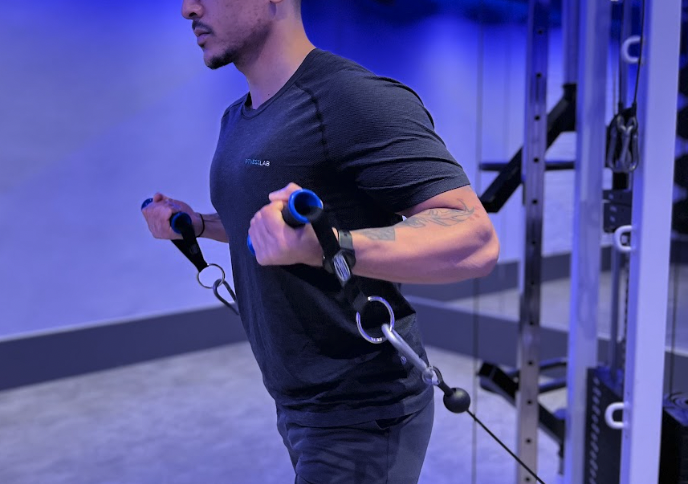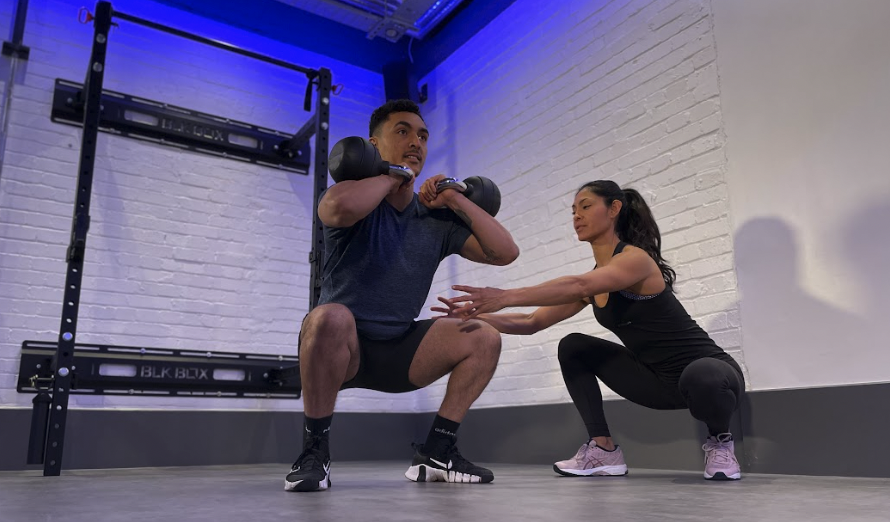One of the great things about running is its accessibility. It’s appealing to many people looking to boost their fitness because you don’t necessarily need a gym membership, or any specialist knowledge to go out for a jog.
While strength training may have some apparent barriers to entry, many people take up running due to its apparent simplicity.
However, failing to properly build a base of strength for running performance can lead runners to injure themselves. Often running and strength training are compartmentalised, meaning their complementary elements can be overlooked.
For longevity and optimal performance, strength training is absolutely essential. This blog will detail why strength training is so important, as well as outlining a basic approach to strength training for runners.
Why is strength training important for runners?
Many avid runners avoid strength training, often believing it’s not necessary for improving running performance or even that it may detract if they were to become too ‘bulky’.

However, a well rounded training program for runners should absolutely include a strength training element. Not only for improved performance, also for injury prevention and increased coordination.
When it comes to strength training for runners, it may be helpful to frame it as making yourself more robust. When you run, each heel strike produces a force equal to 3-4x your bodyweight, so building a frame that can withstand that is vital for enhanced running performance. This not only applies to strengthening your muscles, but resistance training will also strengthen your tendons and bones, making them better equipped to withstand the rigours of a running program.
What kind of strength exercises can benefit runners?
If your goal is to improve your running performance, focus on getting strong, not big.
That means your exercise selection should favour compound movements (exercises involving multiple joints like squats, deadlifts or rows) rather than isolation work (exercises involving a single joint that isolate a single muscle such as bicep curls.

One exception to this is calf work. Your calves are incredibly important for running, therefore isolating them with some calf raises will be beneficial.
Where possible, favour unilateral (single-limb) exercises. This can help correct muscle imbalances, or stop them developing and they will also have greater carryover to running, due to more closely mirroring the movement- driving off a single foot.
Ensure that you’re not just focussing on your lower body. Remember your upper body plays a significant role in locomotion, while your core acts as a stabiliser and source of rotational power when you run.
What does a strength program for runners look like?
For a runner with no previous resistance training experience, a typical strength training program would start out much like any other. The first goal would be to develop a base of strength.
This would most likely involve a full body or upper/lower training split, depending on the frequency of training and allowing for a schedule that includes running and time for recovery.

Within these sessions, the focus or primary lifts would be compound movements (squats, rows, deadlift, bench press) at a relatively low number of reps, but at a relatively high weight. For the first few weeks, the reps may be slightly higher (somewhere in the 8-10 range) to allow for more time to learn the movements. As the trainee becomes more experienced and comfortable, the reps may be lowered to somewhere in the 4-6 range while ramping up the weights. For the secondary, or accessory lifts, the emphasis would be on unilateral work at a slightly higher rep range, this may also specifically target lagging body parts. Core work would also be vital, with an emphasis on exercises requiring bracing and rotational movements (think planks and wood chops rather than crunches).
After a base of strength has been established, it would be advisable to start including some plyometric work. This would involve exercises in which the goal is to exert maximum force in short intervals of time, with the goal of increasing power.

Plyometrics can best be described as ‘reactive power’. They involve powerful contractions in response to a rapid stretch.
Plyometric movements utilise the stretch-shortening cycle, which consists of 3 phases:
- A rapid pre-stretch: Elastic energy is generated and stored, and the myotatic or stretch reflex is set off.
- The amortization (transition) phase: The time between the end of the pre-stretch and the start of the concentric muscle action.
- Muscle contraction or explosion phase: The execution of the explosive action the athlete is performing.
These movements have greater carryover to running due to the fact that running involves exerting force in a very short interval of time (the time when your foot strikes the ground).
However, it is vital not to jump straight into plyometric exercises. They can be tough on the joints and tendons, so you need to ensure you’re adequately prepared for them.
To summarise, a well rounded strength training program for a runner will include a phase of building a foundation of strength, emphasising compound exercises, core strength and unilateral exercises. After that, plyometrics can be introduced, to complement, not replace, base strength training.
If you’d like to hear more about how strength training can work for runners, you’re welcome to contact us!

